Introduction to combinational circuit in digital electronic
Introduction to combinational circuit::-
Combinational circuit is a circuit in which we combine the different gates in the circuit, for example encoder, decoder, multiplexer and demultiplexer. Some of the characteristics of combinational circuits are following −
- The output of combinational circuit at any instant of time, depends only on the levels present at input terminals.
- The combinational circuit do not use any memory. The previous state of input does not have any effect on the present state of the circuit.
- A combinational circuit can have an n number of inputs and m number of outputs.
Block diagram
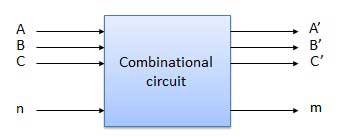
We're going to elaborate few important combinational circuits as follows.
Half Adder
Half adder is a combinational logic circuit with two inputs and two outputs. The half adder circuit is designed to add two single bit binary number A and B. It is the basic building block for addition of two single bit numbers. This circuit has two outputs carryand sum.
Block diagram
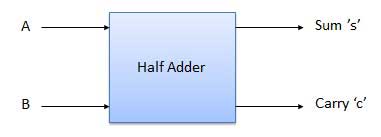
Truth Table
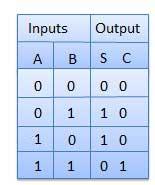
Circuit Diagram
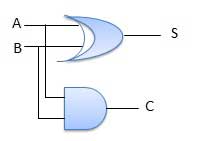
Full Adder
Full adder is developed to overcome the drawback of Half Adder circuit. It can add two one-bit numbers A and B, and carry c. The full adder is a three input and two output combinational circuit.
Block diagram
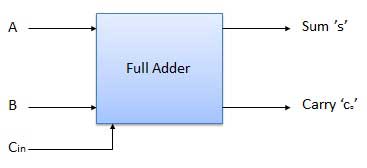
Truth Table
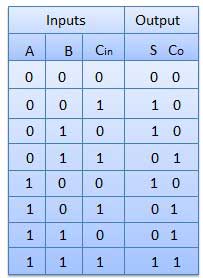
Circuit Diagram

Thank you

Comments
Post a Comment